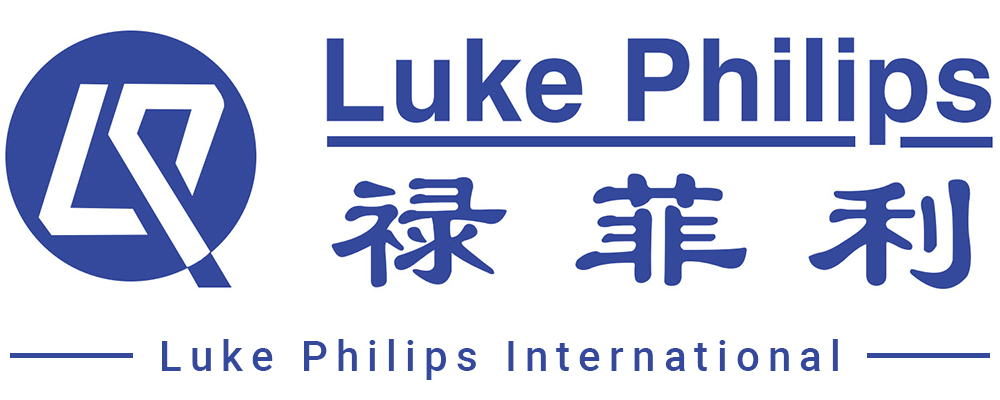Integrated Management System (IMS)
Unlock Efficiency and Excellence with an Integrated Management System
Overview
In today’s competitive landscape, organisations must adapt quickly and operate efficiently. An Integrated Management System (IMS) combines various management frameworks—such as Quality (ISO 9001), Environmental (ISO 14001), and Occupational Health and Safety (ISO 45001)—into a cohesive structure.
Transform Your Organization
Adopting an IMS boosts performance and positions your organisation as a quality, safety, and sustainability leader. Embrace the future of management with an Integrated Management System.
Pros of Separate Management Systems
Specialization
Each system can be tailored to its respective area, allowing for focused expertise and management.
Clear Accountability
Responsibilities and roles are clearly defined within each system, making it easier to hold teams accountable for specific outcomes.
Easier Implementation
Organizations can implement one system at a time, reducing complexity and allowing for gradual adaptation.
Focused Training
Training can be specialised for each area, ensuring that employees receive in-depth knowledge relevant to their specific roles.
Independent Audits
Each system can be audited independently, allowing for targeted improvements without the influence of other systems.
Cons of Separate Management Systems
Increased Complexity
Managing multiple systems can lead to complexity, with overlapping processes and documentation that may confuse employees.
Resource Intensive
Separate systems require more resources, including time, personnel, and financial investment for training, audits, and maintenance.
Potential for Silos
Separate systems may create silos within the organisation, hindering communication and collaboration between departments.
Duplication of Efforts
Similar processes may be duplicated across systems, leading to inefficiencies and wasted resources.
Inconsistent Objectives
Different management systems may have conflicting goals, making it challenging to align overall organisational objectives.
While separate management systems for ISO 9001, 14001, and 45001 offer specialisation and clarity, they can also lead to increased complexity and resource demands. Organisations should carefully weigh these pros and cons to determine the best approach for their specific needs and goals.
Benefits of Integrated Management System (IMS)
Eliminate redundancies and enhance operational efficiency by integrating multiple management systems.
Simplify adherence to regulatory requirements and standards, reducing non-compliance risk.
Utilize data-driven insights from a unified system to make informed strategic decisions.
Deliver consistent quality and service, increasing customer loyalty and trust.
Promote environmental responsibility and workplace safety, aligning with modern consumer values.
Are you ready to take your sustainability efforts to the next level?
Contact us today to learn more about our services and how we can help your organisation achieve its sustainability goals.
